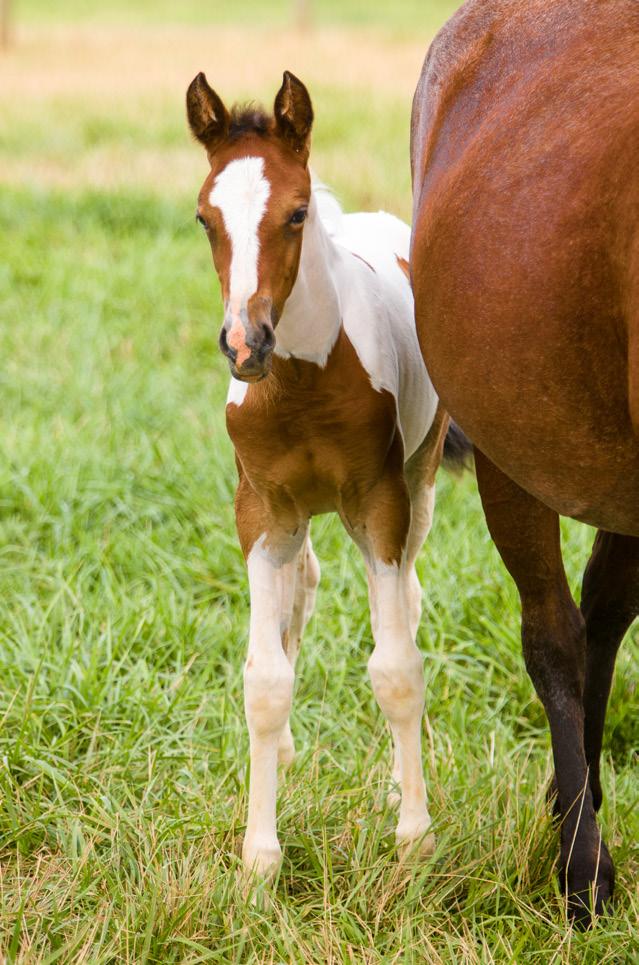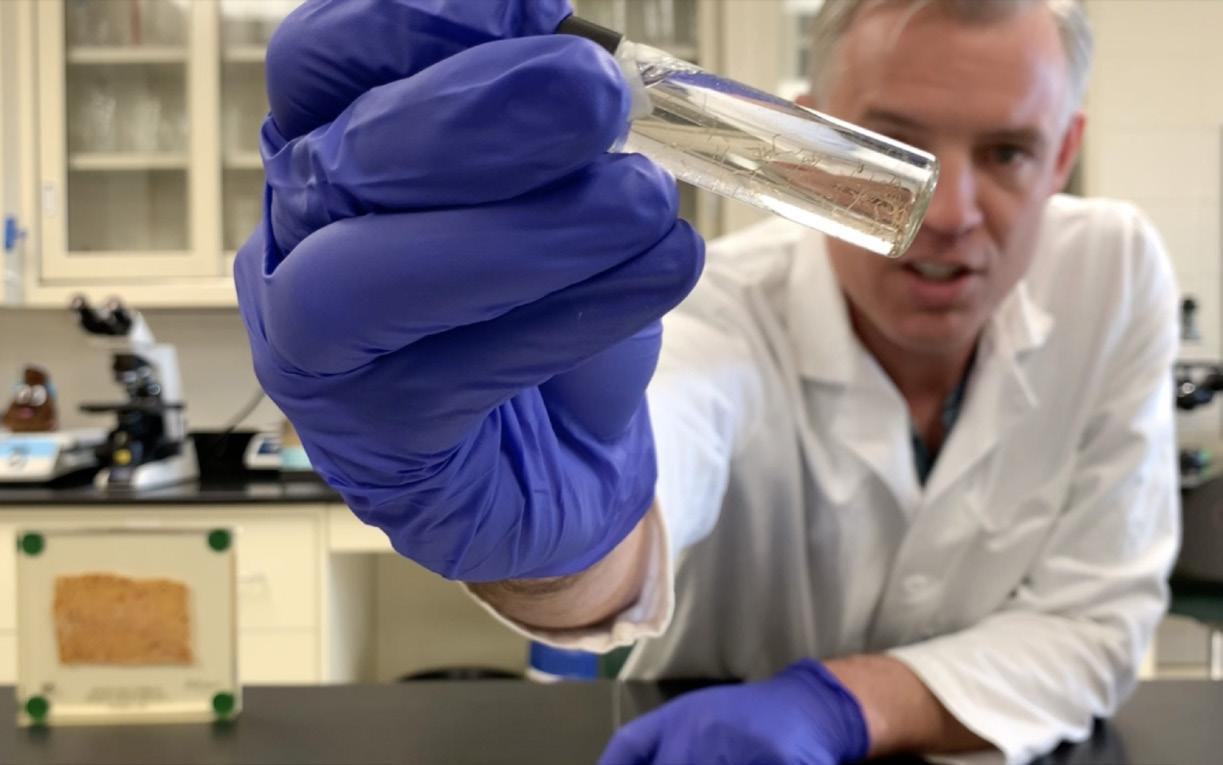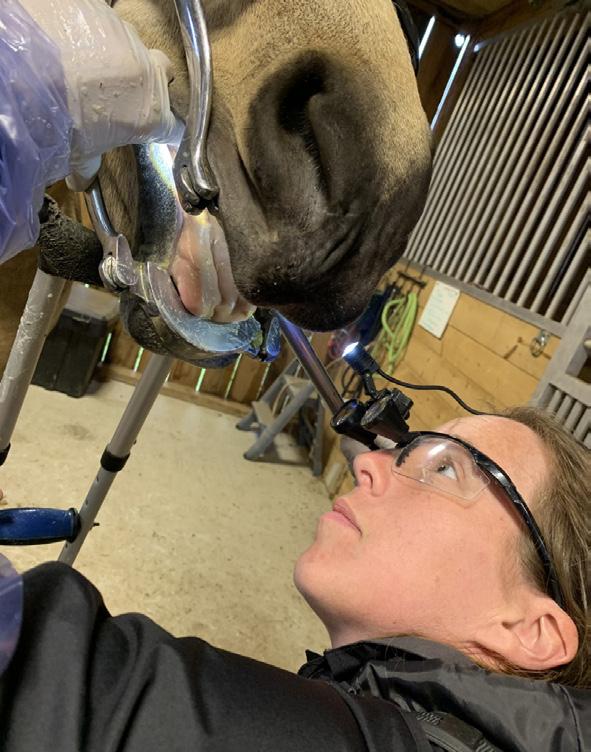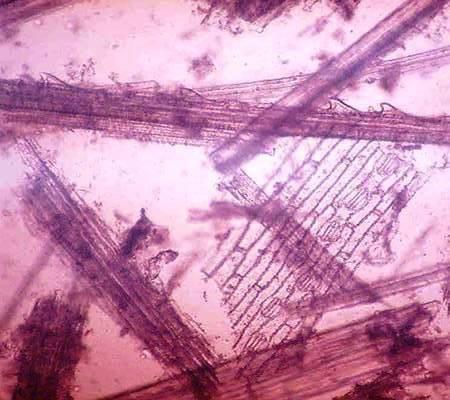TALL FESCUE RISK MEASURED THROUGH FIELD AND MANURE MEASUREMENTS Tall Fescue is a name that can evoke fear in many horse owners. Some of this fear is rightfully earned, some of it undue and some of it not sufficient. In Kentucky, late May through June is when we see tall fescue growing most rapidly, producing seed for next year and potentially causing the greatest negative impacts on our horses. It’s also the best time to look at pastures critically and evaluate the risk they pose to mares. Before we get to mitigation strategies, let’s review some tall fescue basics and look at some common myths about tall fescue and horses. Tall fescue basics • Tall Fescue (schedonorus arundinaceus (Schreb.) Dumort., nom. cons.) is a cool season, bunch-type grass native to Europe and naturalized in the Eastern U.S., particularly in the Transition Zone (area between the cold North and hot, humid South). • It has good forage quality, yield and palatability, making it an excellent forage for horses. • Tall fescue forms a symbiotic relationship with a fungal endophyte, which gives it added resilience to drought, pests and grazing. Without the endophyte, tall fescue would not persist like it does. • The endophyte produces many ergot alkaloids, the primary one being ergovaline. • Ergovaline (and other ergot alkaloids) can cause complications in late-term mares, such as prolonged gestation, thickened placental
(A) (B)
AN EXAMPLE OF A FECAL SAMPLE CONTAINING TALL FESCUE EPIDERMIS (A) AND ORCHARDGRASS PRICKLE HAIRS (B) IN A VIEWING FRAME AT STANDARD MAGNIFICATION.
•
•
membranes, difficulty foaling (due to overgrown foals), increased foal and mare mortality and decreased milk production (agalactia). Early-term mares can experience prolonged luteal function, decreased breeding efficiency and early-term pregnancy losses, when consuming high levels of ergovaline. All other classes of horses, including stallions, growing horses and performance horses will experience vasoconstriction, but this appears to have much less impact and is therefore of less concern with these classes of horses.
Myth: We don’t have tall fescue This belief is a common
misconception. It is easy to think that if you haven’t had fescue issues in your mares before, you must not have tall fescue. This is rarely the case, though there are several reasons it might appear so. The University of Kentucky Horse Pasture Evaluation Program began sampling pastures in 2005, looking at their botanical composition. In 15 years of sampling more than 250 farms, we’ve never found a farm that had no tall fescue and rarely found a pasture with less than 5%. On pastures with no recent renovation, we see tall fescue typically represents 15-20% of the total pasture. While this number isn’t high, it jumps significantly once you factor out the 30-40% of a pasture that is typically covered by weeds or no cover at
EQUINE SCIENCE REVIEW | CA.UKY.EDU/EQUINE




